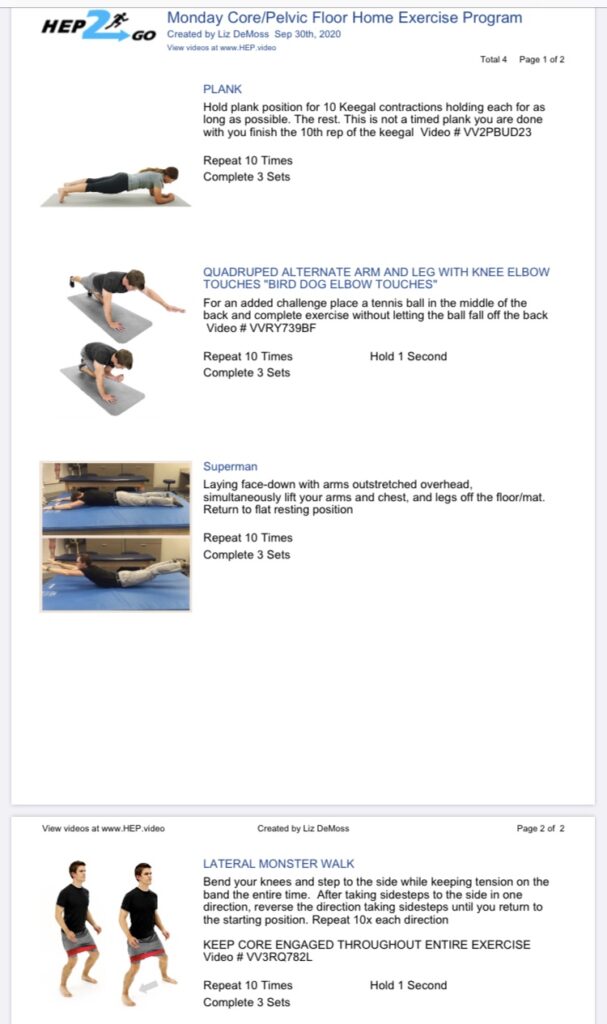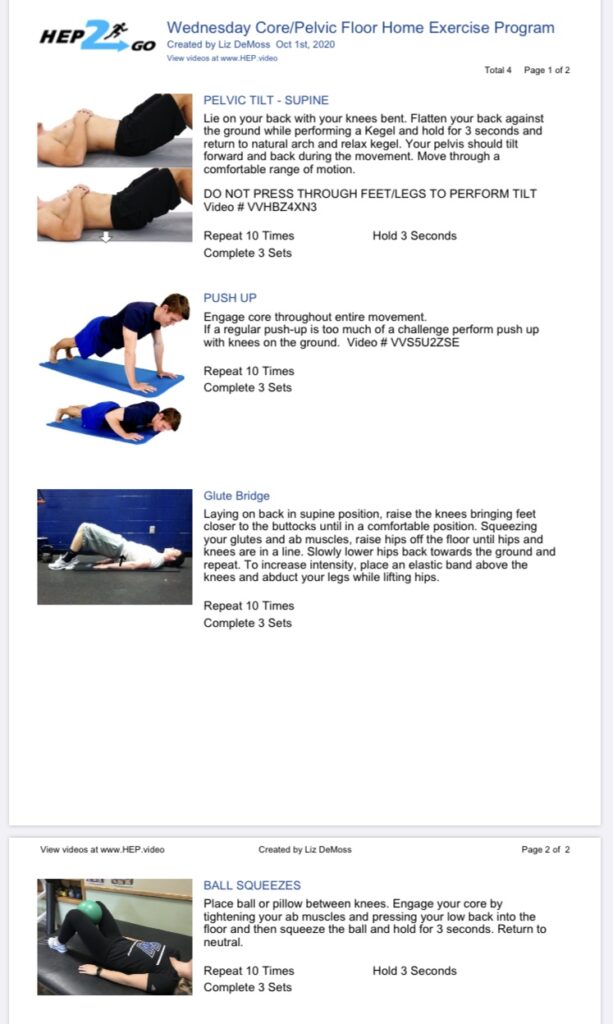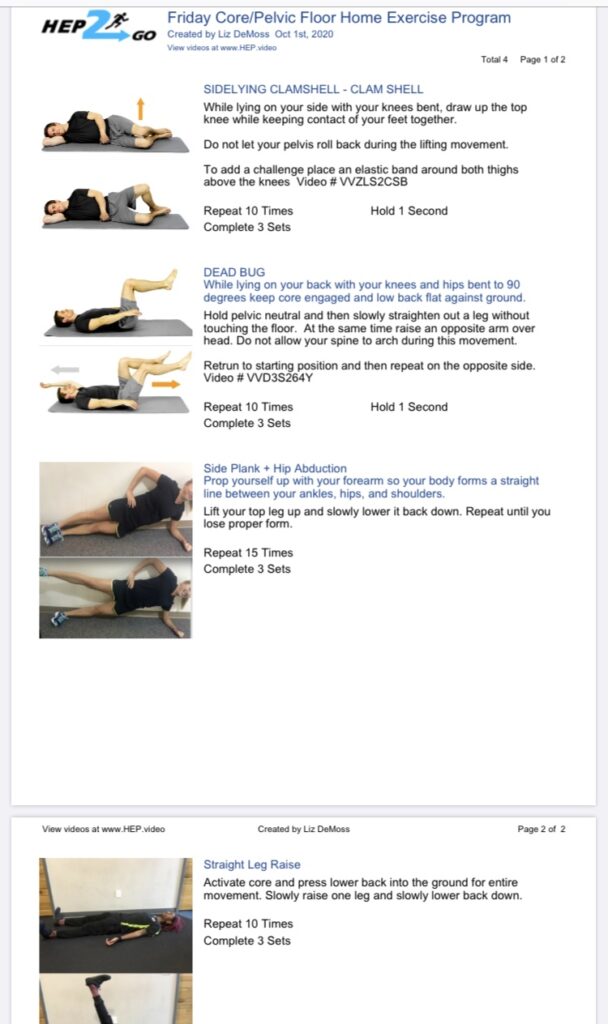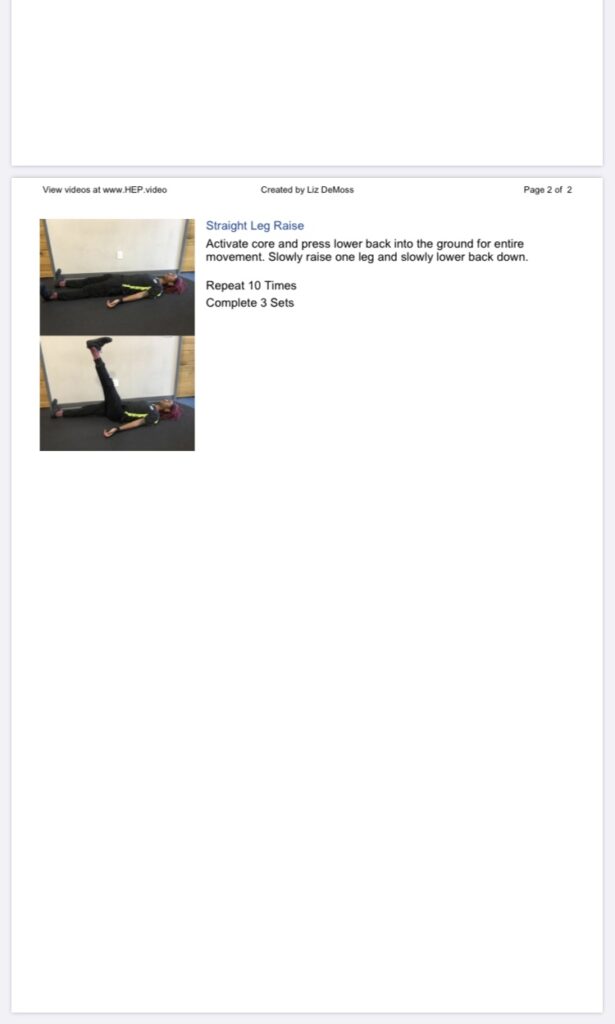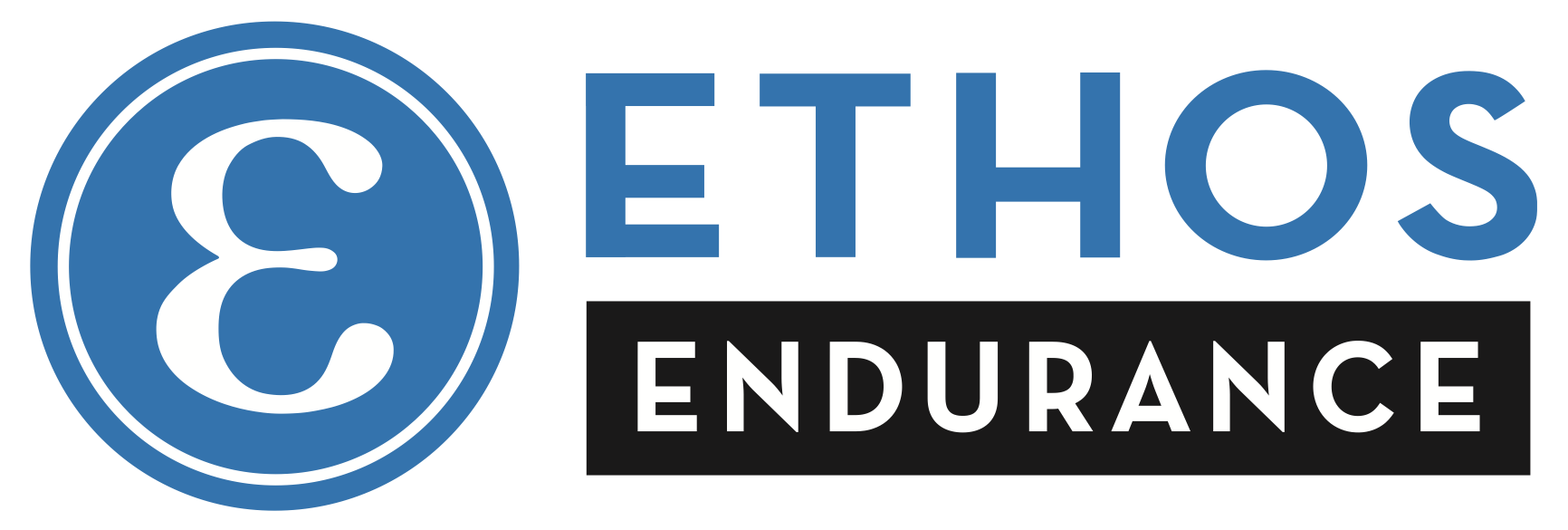My name is Liz DeMoss I am an occupational therapist (OTR) living in Montana and a remote Gate 9 Running Crew Member. My background is a 2016 BS degree in Exercise Science from IU and a 2018 MSOT degree also from IU. I created an October Core/Pelvic Floor exercise routine and Sue would like me to share with you all!
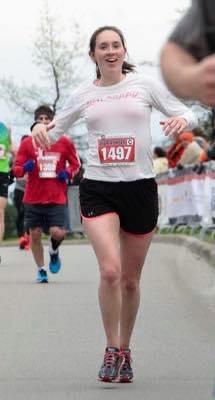
We all know why core is important especially as runners. It keeps and maintains our upright posture during all activities. If you have ever been at a race finish line you have seen runners running in hunched over with shoulders rolled forward and hips completely unstable. This is due to a weak core that was probably completely fatigued by mile 5. What many people don’t know is that our pelvic muscles or pelvic floor is part of the core and almost always the weakest link for both men and women. To put it simply, the pelvic floor helps absorb shock especially when running, jumping, or lifting. Basically, it takes a huge beating if you are an athlete which makes it no surprise that a study in 2002 found that nearly 44% of all female athletes experience some type of urine leakage while exercising due to weak core and pelvic floor muscles. Another common side effect of a weak core and/or pelvic floor includes pelvic pain that can feel like hip/back pain which is common in runners.
The exercises that I have shared are labeled Monday, Wednesday, and Friday workouts but they can be completed any day just try to give at least one day of rest between the exercises. These are also meant to be therapy type exercises so think slow and great form rather than fast and high intensity.
Many of the exercises also involve performing a pelvic floor contraction or “kegel”. To perform a proper kegel you will tighten or contract the muscles that you would use to stop urination midstream. Make sure you completely relax the muscles before performing another rep. A typical pelvic floor therapy goal is to hold 10 kegels for 10 seconds each which is a bigger challenge than it sounds!
By completing pelvic floor work with regular core work you are engaging the entire core and making it stronger as a unit which will allow you to recruit and prolong the endurance of the core for a longer period during exercise.
*NOTE*
If you have noticed that you have had excessive pelvic pain or urine/fecal leakage while exercising look into getting in to your local pelvic floor therapist who can tailor therapy to exactly your needs and weaknesses. A quick search shows that in Bloomington IU Health has a pelvic health rehab program!
